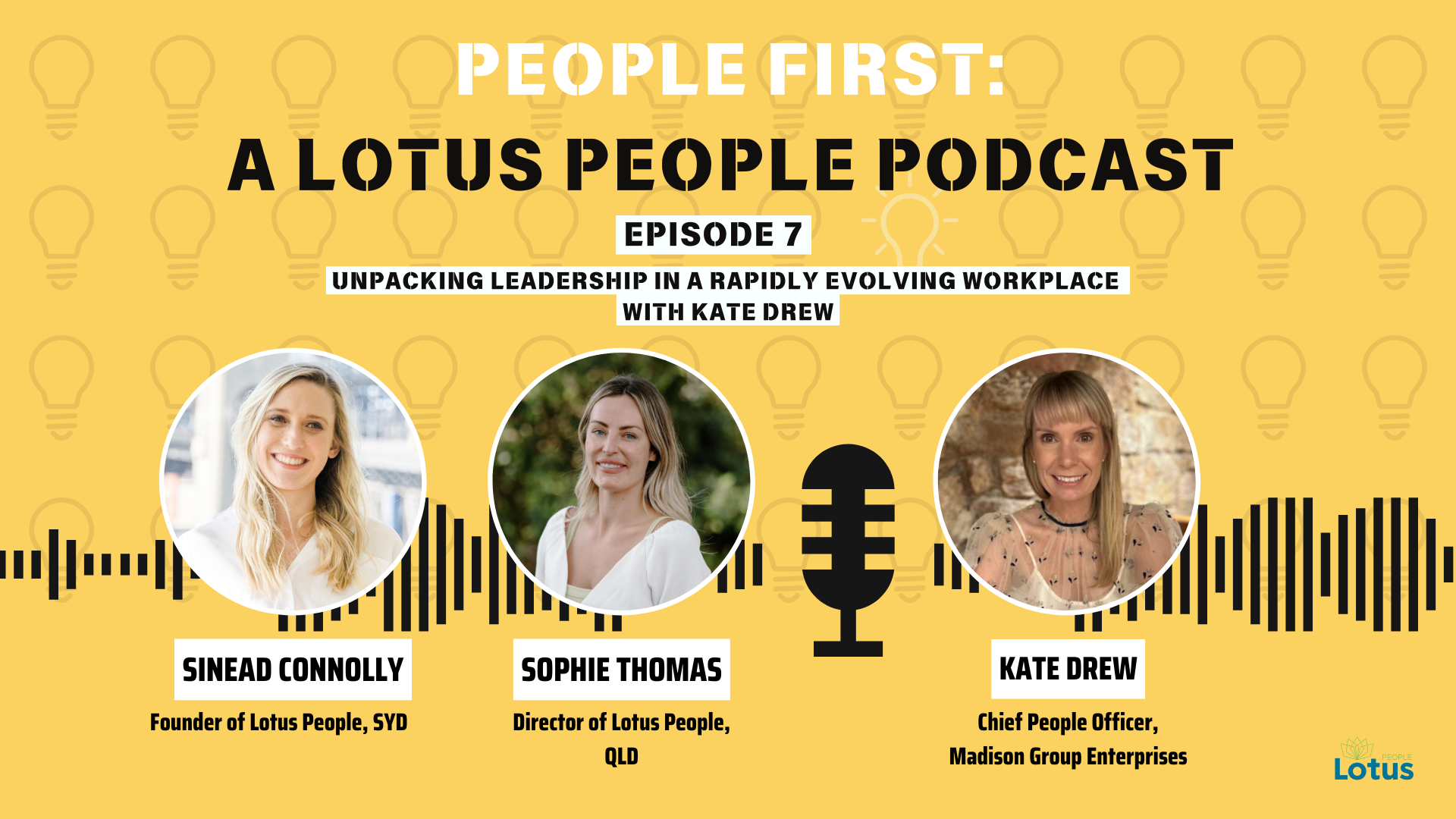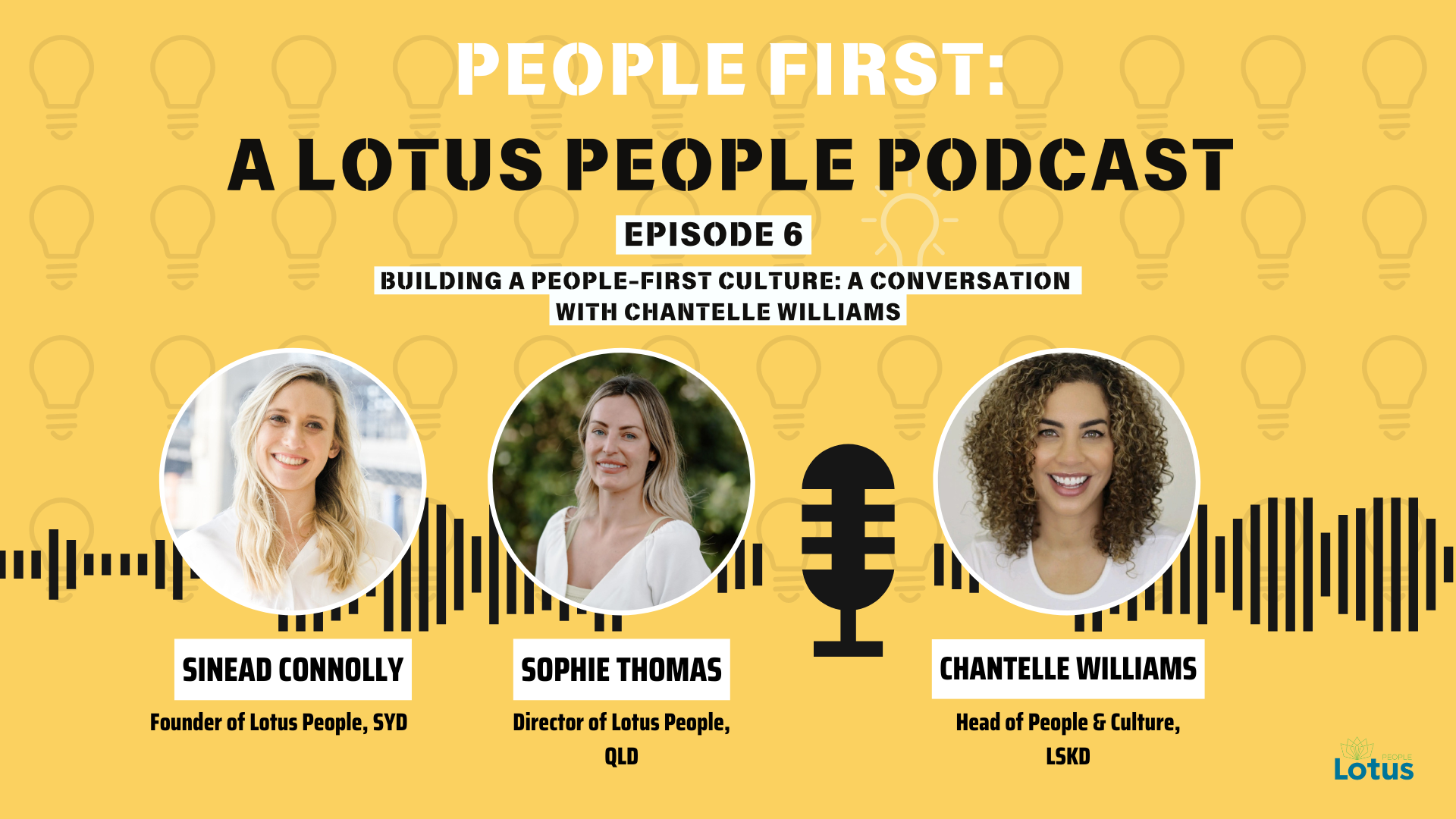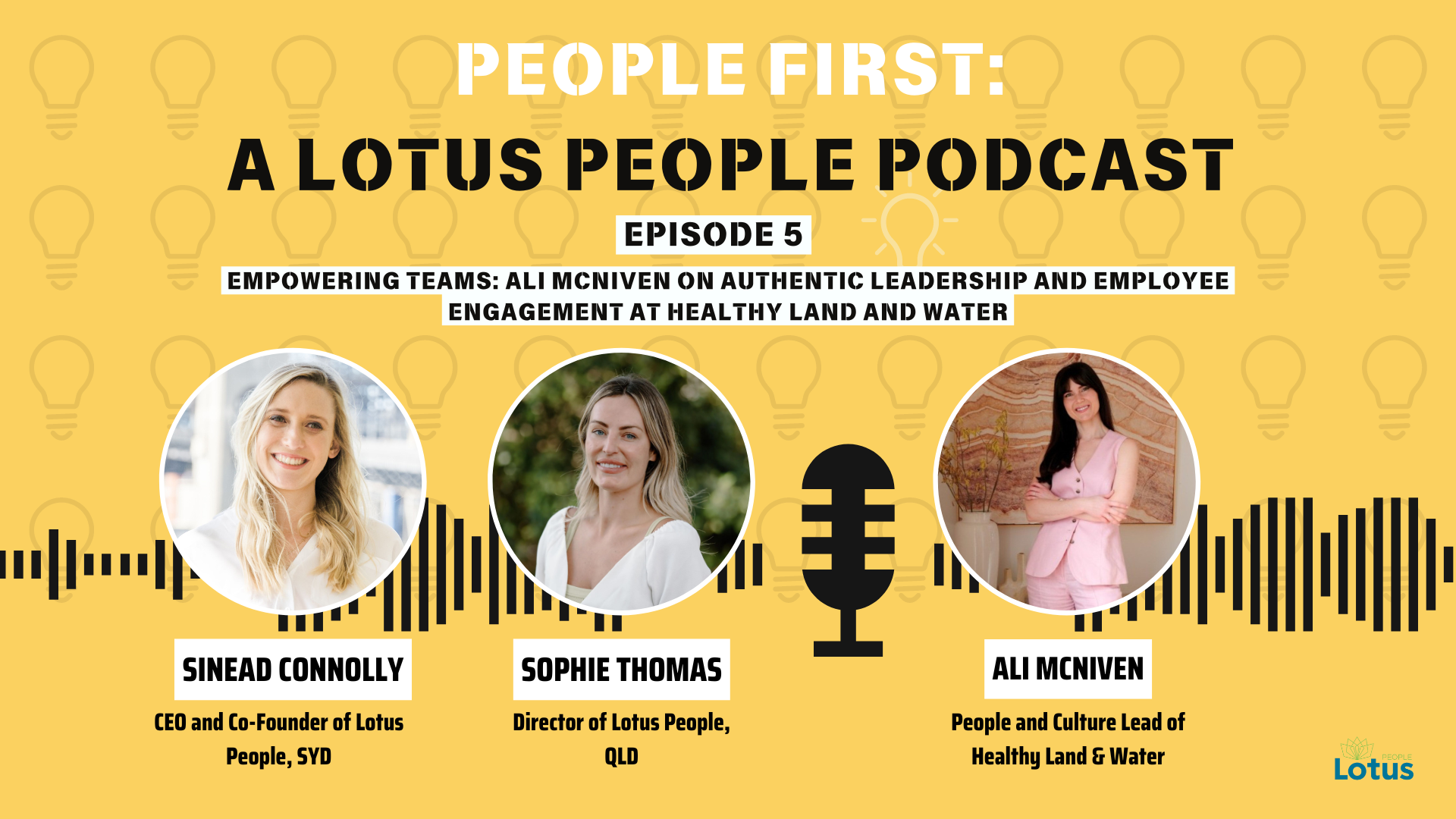GenAI is here – are business leaders ready? Sinead Connolly, featured on Pitcher Partners!

Risk, rewards and challenges of building GenAI into business-as-usual
The arrival of ChatGPT and its trailing competitors in late 2022 pushed generative AI (GenAI) into mainstream consciousness, democratising AI tools in unprecedented ways.
For the first time, GenAI is accessible to anyone with an internet connection. ChatGPT’s 3.5 model is currently free and intuitively usable to even the least technical people. As with any new and potentially disruptive technology, business leaders are still trying to navigate the possible applications, benefits and risks of building it into business-as-usual operations. However, its users and the world are moving at pace – ChatGPT reached 100 million users in just two months – an extraordinary uptake speed.
One thing’s for certain: GenAI is here. Is Australia’s mid-market ready for it?
WHAT IS GEN AI?
GenAI creates new content – text, video, audio and more – by drawing from learned patterns of understanding and reassembling it to suit the human-issued prompt. GenAI was used in software before the launch of ChatGPT.
It was this tool, however, that brought GenAI into the mainstream and has become the most famous and accessible of these tools. Its responses are often only as good as the person providing the prompts and can be poorly worded or even plain wrong, but it represents a huge leap forward in both usability and possible uses.
We asked: How do Australian mid-market business leaders feel about generative AI? Tell me in 20 words.
ChatGPT: Australian mid-market business leaders generally have positive attitudes towards generative AI, seeing its potential for innovation and productivity improvement.
GenAI? Yeah, they know it.
Almost all business leaders we surveyed claimed at least some knowledge of GenAI – with 98% saying they’re aware of the technology and 83% saying they’re familiar with it (either a little or a lot).
Unsurprisingly, over a third of respondents say they’re already using GenAI in their business, with another four in 10 preparing to do so. Segment the responses to just those businesses with high confidence in their future success, and the figure shifts, with over half – 51% – saying they’re already using GenAI.
This indicates mid-market owners and decision-makers are dialled into new and disruptive technology and are well-practiced at pivoting operations to make better use of it. Using GenAI to improve efficiency and output could soon become not just a competitive advantage but an existential requirement.
A small start to something big
Despite the wide-reaching potential of these technologies, when asked about existing or potential uses, our business leaders generally limited their thinking to back-office support – admin, analysis and content creation.
This suggests that most businesses have not fully operationalised the technology into business as usual. They are using it – or think they could – to help write reports, communications and marketing materials, as a research alternative to Google or for non-specific ‘admin’ work.
Business advice and guidance, training, knowledge management, innovation, and bookkeeping and accounting are among the lowest uses named by respondents. This perhaps can be attributed to the risk around data security and the complexity of these functions.
These responses show us that despite the buzz, the mid-market’s use of GenAI is still very much in its infancy. This makes sense. While the barrier to entry is almost nil for the ad hoc use of ‘public’ GenAI tools, fully operationalising them into business processes can be a long and expensive undertaking. Significant investment is often required to adapt and apply the tools to your business’s environment and to recruit people with the skills to both develop and maintain them.
“As a recruitment agency, we utilise ChatGPT to support us in basic recruitment coordination support; writing compelling job adverts, creating interview questions and candidate preparation for unique roles and support in writing documents such as job descriptions and progression pathways. Whilst these language models can be extremely useful in taking time out of writing bulk text, we utilise the recruitment coordinators in our team to use critical thinking and proofing skills to ensure every finished product is to the standard we expect, and has our considerable input into the content.”
Sinead Connolly, Lotus People, Pitcher Partners' client
Challenges, risks and preparedness
Business leaders know that GenAI comes with challenges. Those who plan to, but aren’t yet, using the tools name data security and accuracy as the biggest of these – 39% have yet to fully trust either. Those using GenAI see things differently, with 37% saying cost is their biggest challenge. This cost is often incurred as businesses move away from ‘public’ GenAI tools to develop their own applications, and therefore sidestepping issues of data security and privacy.
36% of all respondents named data privacy concerns as their biggest challenge, and 19% named putting safeguards in place. However, the survey also suggests many business leaders are underestimating risks to their business, as we saw in our last Business Radar survey on cybersecurity. Only 12% agree there is a risk with implementing GenAI and that they’re concerned about it. Almost half said they weren’t worried about the risk (33%) or that there was no risk at all (16%). The biggest group, 39%, agreed there was risk, but couldn’t yet define it.
A quarter of those already using GenAI say they haven’t put in any safeguards, and a further 25% are only thinking about it.
These statistics are worrying, especially when you consider the probability that most businesses will have staff already using GenAI on their own initiative. And that’s a problem – confidential customer or business information is entered into tools, making it available in the public domain. Even businesses that aren’t or won’t ever use GenAI need to address and mitigate the risks it poses.
“We are absolutely aware that this is new technology that we don’t fully understand yet. We don’t feed ChatGPT confidential client information and use it mostly to bulk out content that we then tailor ourselves. Internally, the entire team are aware that nothing that Chat GPT produces is a finished product and we use our expertise and experience to ensure that everything aligns with our brand and to our standards.”
Sinead Connolly, Lotus People, Pitcher Partners' client
Full article on Pitcher Partners.





